If your coolant is not returning to the radiator, you will go through several adverse consequences, including engine issues.
So, this is not something light to overlook. But most of us don’t actually know the reason and solution to it.
So, why is the coolant not returning to the radiator?
This problem may occur if the radiator cap goes bad. A leak in the coolant pipe could also be the reason.
Besides, clogged coolant and radiator might also be responsible. Lastly, a faulty thermostat may also cause this.
Well, this just talks about the reasons in brief. But to know about it in detail, along with the solution, you need to read along.
Therefore, keep on reading till the last to unwrap many insights!
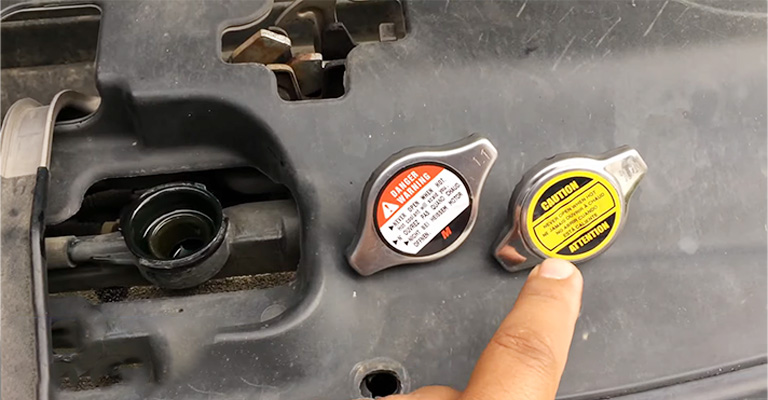
Why Is the Coolant Not Returning to Radiator: All Possible Reasons!
The coolant and radiator work together to keep the engine temperature in a normal state. But people sometimes notice an issue with the coolant not returning to the radiator.
Now, you may wonder why the coolant is not returning to the radiator. Well, here we have covered the causes of this problem. Take a look.
Reason 1: A Faulty Radiator Cap
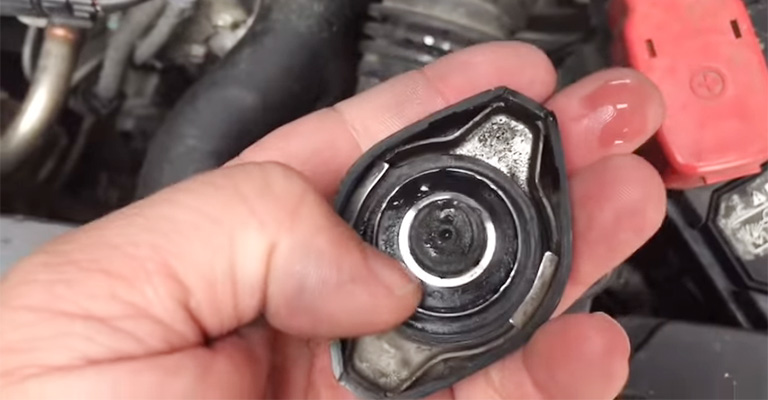
The radiator cap on your car would take in the coolant and keep it properly in the radiator. If your car’s radiator cap is faulty, the coolant can not flow back to the radiator.
Remember that a faulty radiator cap is one of the very common causes of having coolant and radiator issues. Now with a faulty radiator cap, even if the coolant hardly returns to it, this would not be able to stay back.
This is because there would not be enough or sufficient pressure for the coolant to return and stay in the radiator.
Reason 2: Leak in the Coolant Pipe
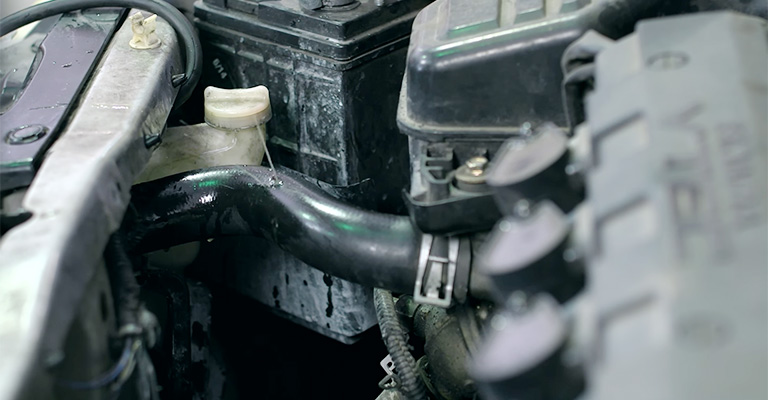
As the coolant passes and flows to and from the radiator and the engine, it uses its pipe. Now, if the pipe is leaked or worn out, the coolant can not flow back or return to the radiator of the car.
This mainly happens as the coolant pipe wears out over time. Like, it starts to get thinner, and the tube leaks over time.
Note that the coolant tube can also be leaked at times if it is overheated. This happens when the engine coolant becomes too hot due to the warmth of the engine of the car.
Reason 3: Car Radiator Is Blocked
Another common reason for the coolant being unable to return to the radiator is its blockage. That means the radiator gets blocked and clogged over time which hampers the flow of coolant to it.
This is because there gets debris, dirt particles, and sludge over time. One of the main causes behind this is the dirty or low-quality coolant which clogs the radiator with dirt.
Due to this, coolant has no way to flow back to the radiator, so the radiator has no coolant. A symptom of this is the radiator being cold at the bottom yet very hot at the top.
Reason 4: The Coolant Is Clogged
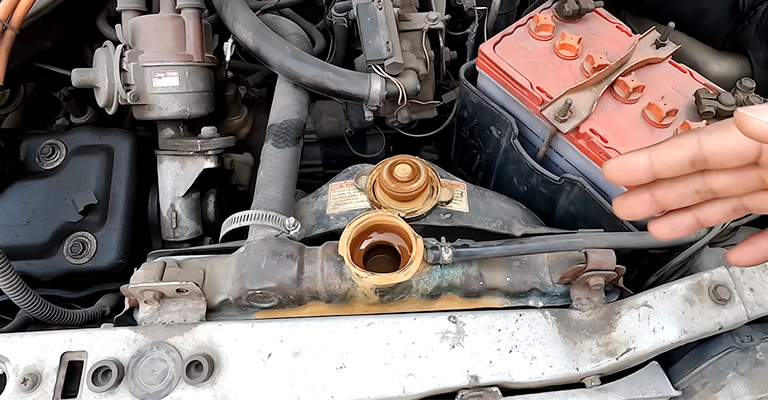
Like the previous one, the coolant might also be clogged as the radiator gets blocked. To be precise, your car’s coolant can also have dirt and debris in it. As a result, the coolant gets clogged over time, making it thicker and heavier.
Now, due to this, the coolant can not flow properly, and it can not get back to the radiator of the car. Remember that using coolant that is cheap and of no standard could result in this.
Reason 5: A Faulty Thermostat
A thermostat ensures the proper flow of hot water and the engine coolant to and from the radiator. The coolant cannot flow properly if a thermostat is not functioning correctly.
Generally, a thermostat goes bad as it keeps on aging. There is not much to think about it as this goes bad without any influence from the outside.
So, these are the reasons behind the car coolant not flowing back to the radiator.
How to Resolve the Issues of Coolant Not Returning to Radiator?
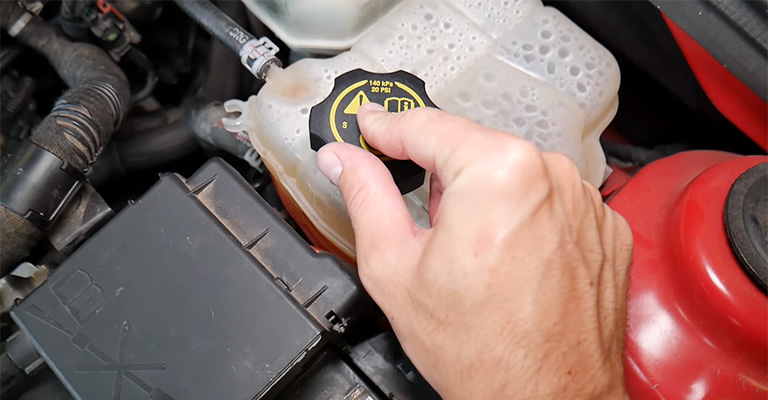
You know the reasons behind the issue. Now, you have to work on a solution to get rid of it. So, here we have covered the solution on how to resolve the issues of coolant not returning to the radiator.
Note that if one solution does not resolve the issue, you need to move on to the next one.
Method 1: Replace the Radiator Cap
Replacing the radiator cap is simpler than you thought. To do this, you first need to locate this, which is at the front of the engine bay.
Now, all you need to do is just loosen the existing radiator cap and replace it with a new one. Make sure you get the radiator cap the same as the existing one.
Method 2: Clean the Radiator
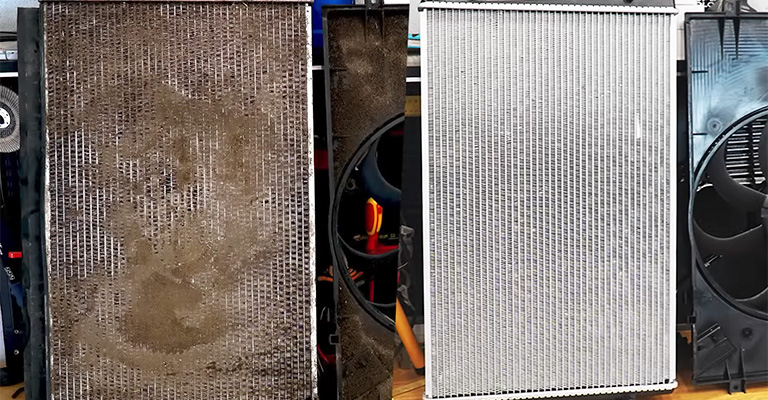
Cleaning the radiator could fix a lot of problems with a car. So, to get started, you first need to stop the ignition so that the engine cools down. Now, get a bucket and put it under the radiator.
Take off the existing coolant from the radiator and dilute the solution. Now, pour this solution into the radiator and drain it off again. Do this 2 times to take off the dirt from the radiator.
Finally, pour clean distilled water and wash off the radiator thoroughly. Once you do this, get a new and clean coolant to refill it. Let the car rest for about 20 minutes, and then you are good to go again.
Method 3: Replace the Thermostat
If the above solutions do not solve your problem, you may need to move to the thermostat. This is because the thermostat is perhaps the culprit.
That means the thermostat is faulty, and you must replace it with a new one. Now, replacing the thermostat could be a bit complex. Thus, you better talk to an expert to get this replaced.
So, this is how you can resolve the coolant not returning to your car’s radiator.
What Are Signs of No Coolant in the Radiator?
Understanding the signs of a problem could be quite helpful if you get it on time. So, here we have got the symptoms of the problem. Take a look.
- You may often feel the warmth at the front part. This is due to the overheating of the engine.
- The AC of your car might not be working properly. You would experience no constant temperature but fluctuations.
- If you check the coolant, you will see the color is not as usual. This would discolor to a brownish fluid-like hue.
- The ‘check engine’ light would pop up on your car’s dash.
- You may sometimes smell something like burning. Although this is rare, there could also be smoke coming out of the bonnet.
So, these are the symptoms you may come across.
What Happens When There Is No Coolant in the Radiator?
The car coolant failing to flow back to the radiator could be a big problem. Now you may wonder what happens when there is no coolant in the radiator!
Well, you will go through several adverse consequences for this. So, take a look at these.
Problem 1: Engine Overheating
The main problem you will face with coolant issues is that your car’s engine will overheat. Due to the increase in the engine temperature, the car would lose its efficiency.
In addition, you may also experience shaking of the front part at times. But if you notice any engine stalling, that would even be more problematic.
Problem 2: Fall in the Fuel Economy
If the coolant has issues flowing back to the radiator of the car, the engine will not be able to function properly.
Due to this, you would notice less fuel efficiency with time. This is because there would be more consumption of fuel due to this.
So, these are the main problems you will face. Remember that you may also experience some other mild problems too.
Frequently Asked Questions
Yes, the reservoir needs to be filled all the time fully. This is because it keeps the surplus coolant until it needs to flow the fluid and balance the engine temperature. If the reservoir is not filled properly, it will cause the engine to overheat with time.
You can put the coolant in both the radiator and the reservoir. However, if your car has a reservoir, you can put the coolant directly into the reservoir. Note that this does not affect the performance that much.
The time to change your car’s coolant can depend on your car’s usage. However, the time to replace the coolant is about 50,000 miles on average. It can go even as high as up to 100,000 miles occasionally.
Closing Statement
Now you know the reasons why is the coolant not returning to the radiator! You must be able to resolve this issue easily by following our solution.
Before we wrap up, we want to give a small tip about your car radiator. Always use the right coolant and flush your radiator regularly. Keep the level of the coolant ideal that is not empty nor overloaded to keep it well.

Leave a Reply